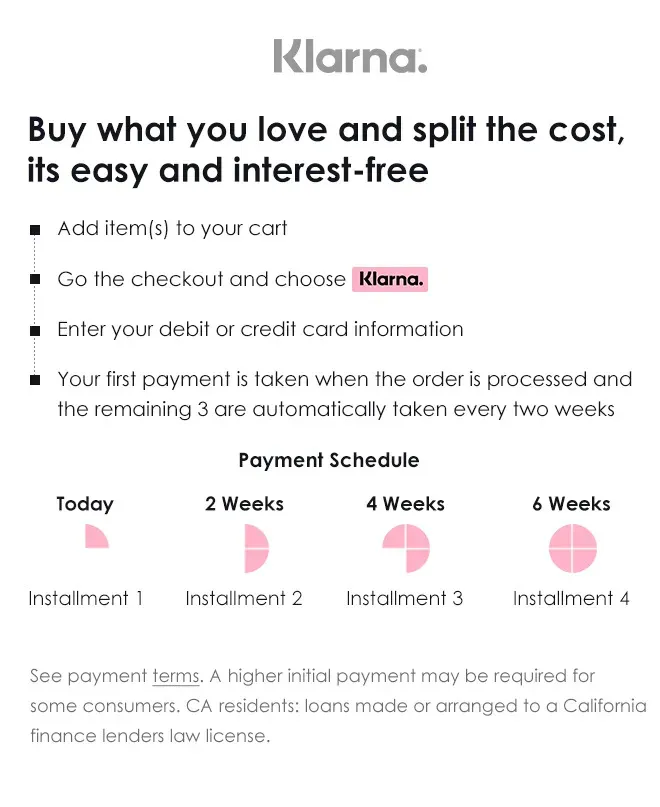Curtain Bang Wig vs. Traditional Bangs: Which One’s Right for You?
Deciding between curtain bang wigs and traditional bangs is more than a simple hairstyle choice—it’s about lifestyle, face shape, maintenance tolerance, and personal style philosophy. In this comprehensive guide, we’ll explore both options in depth, comparing their advantages, challenges, customization possibilities, and real-world suitability. By the end, you’ll be equipped to choose the fringe style that complements your life and aesthetics best.
What Are Traditional Bangs?
Traditional bangs, also known as fringe, refer to cutting the front section of natural hair to rest on the forehead. Styles range from blunt, eyebrow-grazing cuts to soft side-swept or micro-bangs. Achieving them requires a visit to a stylist or confident DIY cutting, and maintenance involves regular trims every 4–6 weeks to preserve shape.

What Are Curtain Bang Wigs?
Curtain bang wigs feature pre-styled, face-framing fringe sections that part down the middle or slightly off-center. Made exclusively from 100% human hair, these wigs attach via lace-front, full-lace, monofilament, or glueless drawstring caps. They allow instant bang adoption without cutting natural hair, and can be removed or swapped between looks.
Comparison Table: Key Features
| Feature | Traditional Bangs | Curtain Bang Wigs |
|---|---|---|
| Commitment | Permanent until cut grows out | Temporary—wear or remove at will |
| Installation | Salon or DIY cutting | Wig cap placement—no cutting |
| Maintenance | Frequent trims every 4–6 weeks | Occasional washing and styling |
| Versatility | Single style until regrowth | Swap wigs and textures easily |
| Styling Flexibility | Natural hair only—limited heat exposure | Human hair allows heat styling |
| Damage Risk | Potential overcutting/damage | No natural hair damage |
| Cost Over Time | Salon visits add up | One-time purchase, long lifespan |
Pros and Cons of Traditional Bangs
Pros
Natural Integration: Blends seamlessly with your hair’s natural texture and color.
Cost-Effective Upfront: Cheaper initial salon or DIY cut.
Styling Simplicity: No wig caps or adhesives required.
Cons
High Maintenance: Frequent trims and styling needed to maintain shape.
Commitment: Growing out bangs can be awkward and lengthy.
Potential Damage: Overcutting or excessive styling can weaken hair.
Pros and Cons of Curtain Bang Wigs
Pros
Instant Transformation: Try bangs and switch back instantly.
Versatility: Multiple textures, colors, and cap styles to suit any mood.
Protective: Shields natural hair from heat and chemical styling.
Long-Term Value: Well-maintained human-hair wigs last 1–2 years.
Cons
Upfront Cost: Higher initial investment than a single salon trim.
Application Learning Curve: Requires practice to secure and blend.
Cap Visibility: Poorly fitted caps can show lace edges if not customized.

Face Shape & Lifestyle Considerations
Traditional bangs flatter certain face shapes but can accentuate roundness or require custom shaping. Curtain bangs wigs allow experimentation without commitment. For busy professionals or frequent travelers, wigs offer a low-maintenance alternative, while traditional bangs appeal to minimalists comfortable with salon upkeep.
Customization & Personalization
With traditional bangs, your stylist tailors length and angle, but changes require regrowth. Curtain bang wigs arrive pre-cut or can be trimmed at home. Adjustable straps, HD lace, and monofilament options enable bespoke fits, and overlays let you swap fringe styles across wigs.
Styling Techniques
Traditional: Blow-dry with a round brush to shape; use light-hold spray to maintain.
Curtain Wig: Steam or flat-iron bangs; use edge-control gel to lay baby hairs; clip-in accessories for flair.
Cost Analysis Over One Year
A typical salon trim every six weeks at $30 totals $260 annually. A quality human-hair curtain bang wig at $200–300 amortized over two years averages $100–150 yearly, plus minimal styling products.
Real-World User Stories
Emma, a marketing exec, swapped to curtain bang wigs to avoid frequent salon visits during business trips. Marcus, a stylist, prefers traditional bangs for his artisanal textured hair but keeps a wig backup for photoshoots.

Making Your Choice
Ask yourself: Do you crave constant change or long-term commitment? Are you comfortable with salon routines or prefer at-home customization? Budget, face shape, and tolerance for upkeep guide your decision.
Conclusion
Both curtain bang wigs and traditional bangs offer unique advantages. Traditional bangs provide a seamlessly natural look at the cost of frequent maintenance, while curtain bang wigs deliver instant versatility and protection for natural hair. Evaluate your priorities—style flexibility, upkeep tolerance, and budget—to determine which fringe option is right for you in 2025.
People Also Ask
Can I switch between a curtain bang wig and my natural hair?
Yes—wear the wig when desired and remove it to reveal your natural hairline anytime.
How often do traditional bangs need trimming?
Typically every 4–6 weeks to maintain shape and length.
Do curtain bang wigs damage natural hair?
No—high-quality human-hair wigs protect natural hair from heat and styling.
























Leave a comment